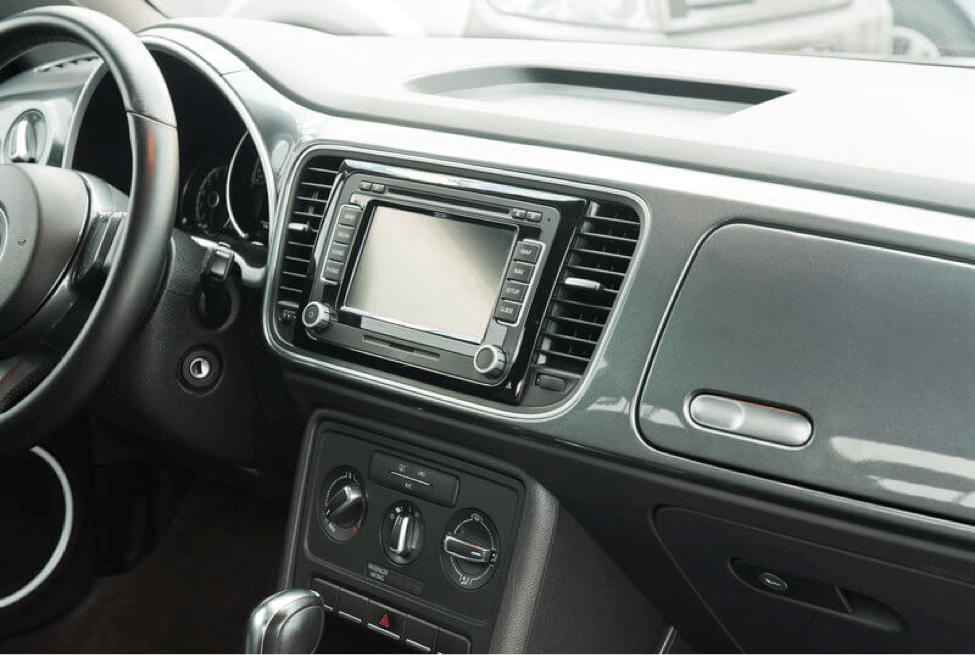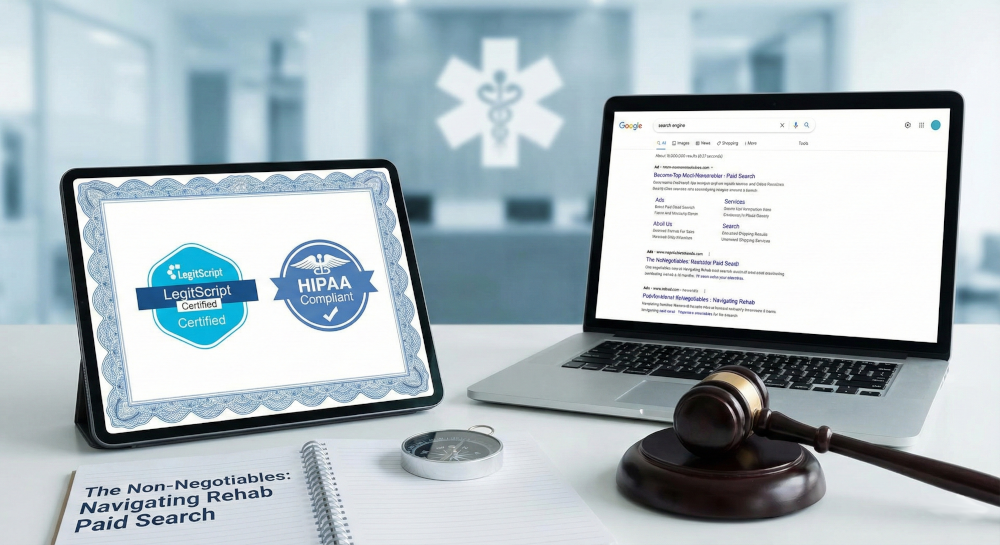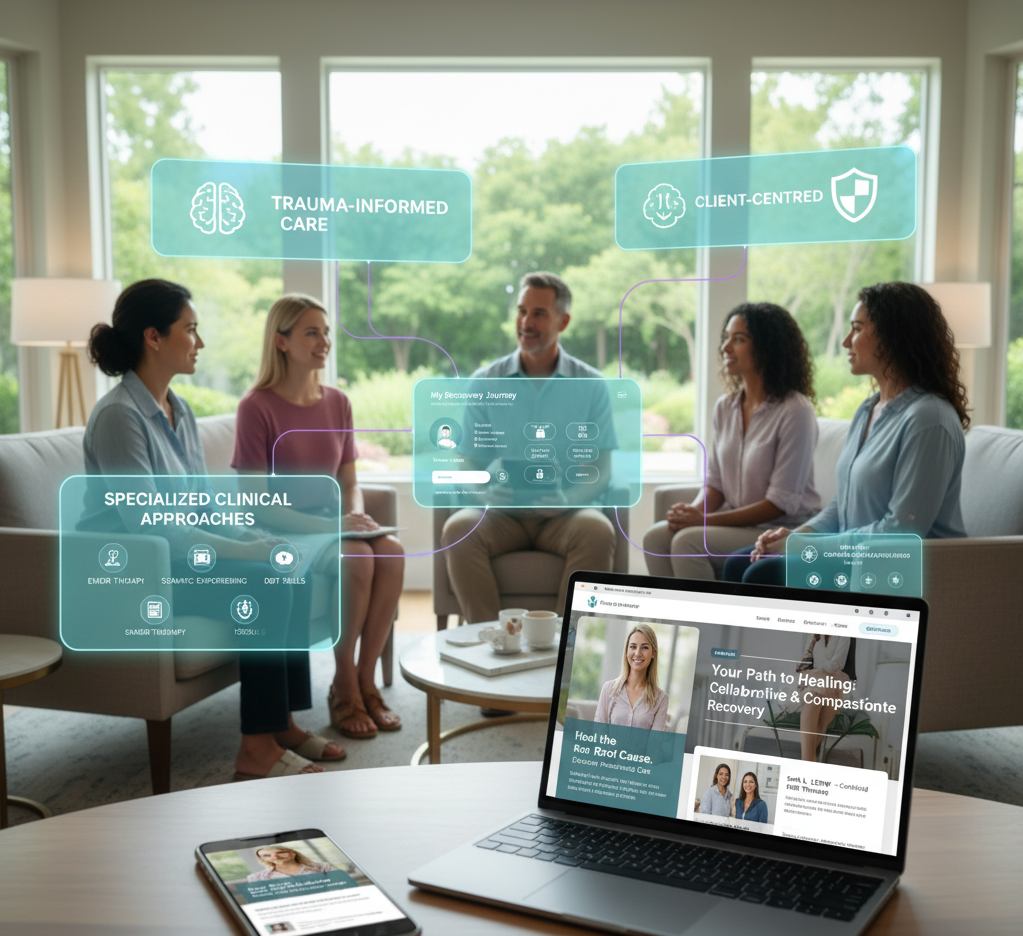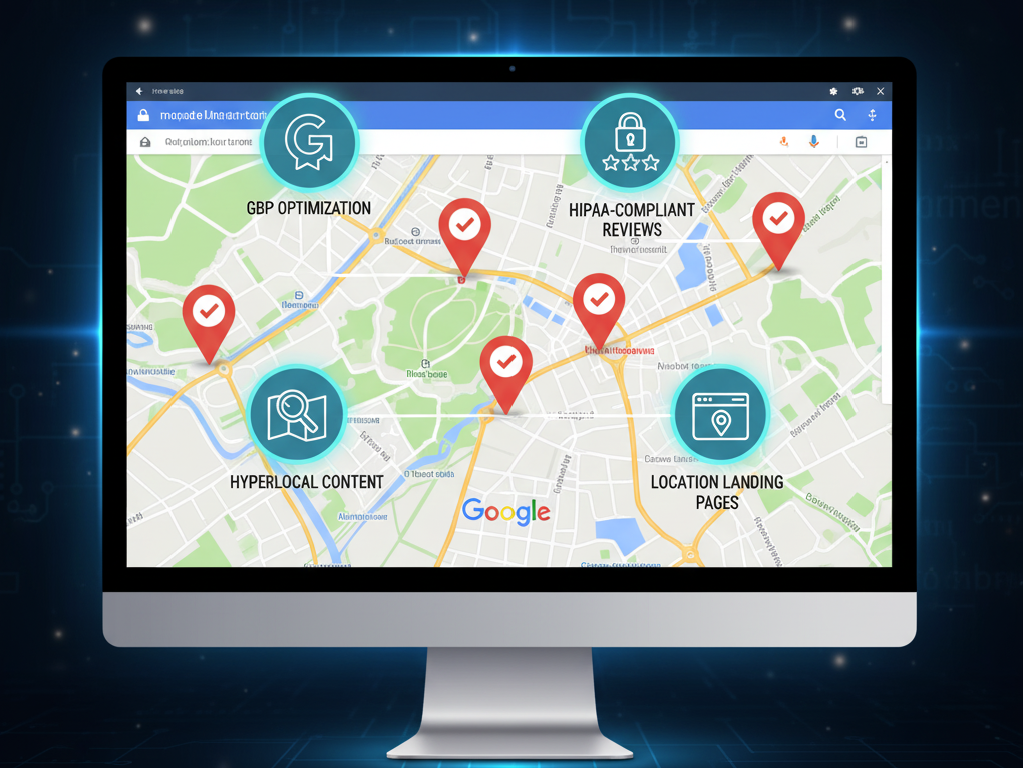Ads in cars – In a world where everyone is constantly on-the-go, and mobile internet usage has overtaken the desktop, it makes sense to take the future of digital marketing to the next place we’re always connected – our vehicles.
Americans spend an average of more than 17,600 minutes driving every year, breaking down to an average of 48 minutes per day driving, and there’s massive revenue potential just by taking advantage of the technology we’ve already got in today’s cars. The radio has been in control of advertising in the car for years.
Overview
The Connected Car
The Internet of Things (IoT) refers to the massive network of objects that are connected to the internet. Any “smart” items, from refrigerators, to beds, to light bulbs, are part of the IoT. We achieve this with the use of sensors and actuators embedded in the objects themselves. We’ve been adding cars to IoT for years, with each newer model having something newer and better to offer than in years past.
New cars on the market today are jam-packed with technology, including:
- Navigation/GPS
- Voice Control with Touchscreen Infotainment systems
- In-Car WiFi
- Bluetooth
- Backup cameras
- Push-button start – keyless operation
- Lane assist
- Park assist
It’s that screen that advertisers can make use of by placing ads in cars. Even though it acts as a central hub for controlling everything in the car, it’s also prime real estate for advertisers. Pandora is ahead of the crowd with their programmatic targeting network for in-car ads. Over time, more ad impressions will become available as more applications move to the car dashboard. The ad exchange platform will continue to grow, and buyers can use the standard targeting data, including location, to buy ads.
Integrating the Car into the Cross-Screen Ecosystem
Cross-screen marketing is a major part of getting messages to consumers today because they consume the same content, even though it may be presented differently, across screens. Consumers are known to use two devices at the same time – often watching TV while they use a tablet or smartphone. As people continue to move across screens, or even use more at a time to accomplish tasks, we’ll start to see an increase in cross-screen advertising campaigns.
Take for instance AdColony, a mobile video ad company. They used cross-screen strategy to promote a client’s consumer packaged goods brand. One set of users was targeted using just a TV ad about the brand, with another set of users targeted using a TV, iPad, and iPhone ad campaign. Brand recall was 43% for the cross-screen campaign audience, compared to just 6% for the TV only version. Purchase intent was 18% for the TV only campaign, and 31% for the cross-screen audience.
As more people transition to newer vehicles with screens and connected features, we’ll have the chance to integrate this screen into the ecosystem, supporting existing cross-screen advertising tactics. Imagine what the recall and purchase intent statistics would be if people were able to see ads for brands on TV, mobile devices, and in the car? Of course, there’d have to be a cap on the number of exposures presented in a certain period of time, to combat desensitization and potentially overwhelming prospects, but frequency capping is fairly easy to accomplish.
Think about it for a second – we have refrigerators that can remind us when we’re out of milk and even check spoilage levels from our phones. Why not have our car tell us to stop and grab a gallon when we pass the next grocery store in five miles? Why not advertise cookies or cereal to go along with that gallon of milk? If we have to go to the grocery store anyway, we’ll be more apt to “crave” that cereal or cookie if we’ve just heard an ad for either of them.
Using navigation history, advertisers can learn where drivers spend most of their time, and the stores, restaurants, and other places they frequent most often. Then, when people are on the road en route to one of those places, they can get relevant advertisements throughout their journey.
Ads in Cars in Action
Imagine this scenario:
You’re out of town for a work conference. You’ve already ordered room service for dinner to avoid having to venture out into the unknown city and deal with the traffic, and you’re so sick of it, so you decide to go for a drive.
You don’t know where to eat, or where to park. That’s where the infotainment system in your car comes to your rescue. With your location at hand, your car will tell you where you can safely park, and provide you with coupons and special offers from the restaurants nearby that parking spot.
This contextual marketing is ideal for marketers because it means customers more likely to make a purchase, and for many drivers, it’s the perfect situation. You get suggestions to solve your immediate problems. You can get a deal on your dinner, then drive back to the hotel and rest to prepare for the next day at the conference.
It’s already happening with Aha Radio, using audio advertising. Location-based offers are sent to the in-dash systems, for instance, an offer for a free drink and chips at the local Subway restaurant that’s coming up in a few miles. The driver simply has to tap a “thumbs up” icon on the screen, and the coupon is delivered directly to their email box for use at the restaurant.
Aha Radio is pre-loaded on nearly 50 types of cars, including models from: Scion, Subaru, Honda, Acura, Mazda, Ford, and Chrysler.
On the other hand, there are many drivers who may find this kind of advertising obtrusive – and just another way to gain entrance into your life, in the privacy of the car. To be successful, in-car advertising must remain useful, and cannot be viewed as annoying. The more connected cars become, the more control drivers will have in terms of their preferences to adjust their advertising.
It’s possible there may be an option to setup profiles for each driver – much like you can connect more than one phone to the car via Bluetooth, but only one phone can be active at a time. This would be an ideal for a one-car family where both partners use the car regularly. One partner may have completely different interests – and the flexibility of driver profiles will keep the advertising relevant to the person driving the car, rather than becoming annoying, and a waste of advertising dollars.
In-Car Advertising in Ride Shares
Though Uber and Lyft drivers are actively being discouraged from using in-car advertising, there’s a platform for it. We see advertising in taxis in many major cities, so Vugo was created as a way for rideshare drivers to display ads on tablets located in the backseats. With the car’s GPS, location based ads are served to the tablet, allowing the drivers to earn an estimated $3/hour to pad their income while driving passengers from point A to point B. Uber argues that because the platform ads little to the ride sharing experience, they will be deactivating any cars that opt to use this service.
“People-Based” Marketing
While it’s true people are spending more time on mobile devices overall, 25% of people use at least three, if not more, mobile devices every day, and 40% switch devices to complete an activity. What this means is targeting a single device may not be the best approach, since we rely on web cookies to handle this for us. Instead, the answer is people-based marketing.
With this method, we’re no longer marketing to a browser cookie and trying to connect the dots from device to person. It’s now possible to upload prospect information directly to advertising platforms like Facebook and Instagram using the Custom Audiences feature. With that, ads target the users specifically across any device. This method still isn’t foolproof because people don’t always use the same email address consistently between their social media accounts and business platforms, but often performs better compared to the typical cookie-based approach.
What About Drivers Without Connected Cars?
Even if your main demographic is still stuck driving an older car that lacks these connected features, many of them are available as aftermarket additions. Though people may shutter at the idea of adding technology to an older car, the fact that there are standalone GPS systems and other aftermarket accessories means we as marketers still have a chance to target people with ads in cars, despite what kind of car they actually may be driving. Aha Radio is available on aftermarket units from Kenwood, Alpine, and Pioneer.
The Connected Car – The Future of Digital Marketing
The “connected car” offers a whole new world of opportunity for marketers. By placing ads in cars, it’s now possible to reach people where they were previously only reachable at a limited level with out-of-home advertising or radio ads. The smart marketers will consider this new media in their strategies, and those who are eager to adopt it in this rapidly emerging space will have an advantage over those who are late to the game.
Have you noticed any ads in cars recently? Tell us about them (where, why and when) in the comments section below.
Photo credit: Adobe Stock
Contact us today to get the conversation started!










